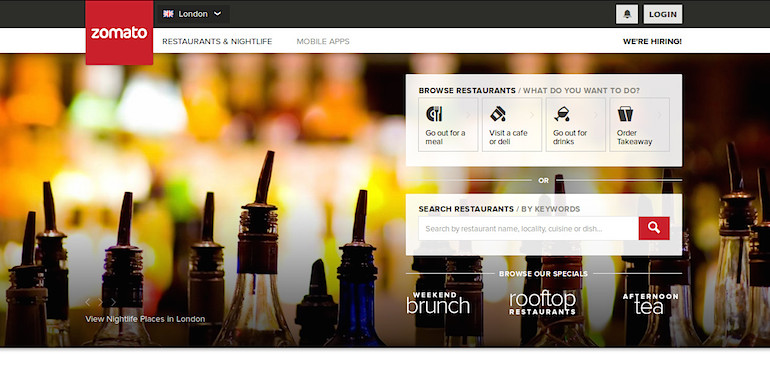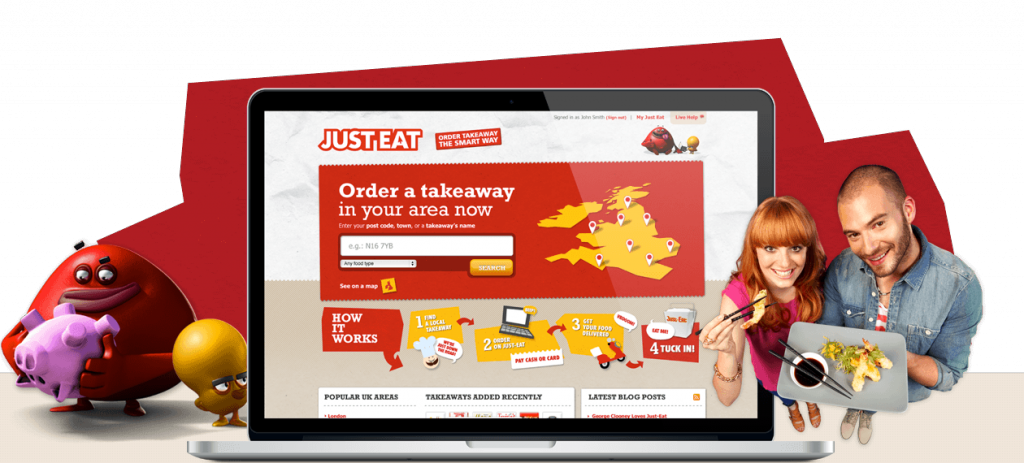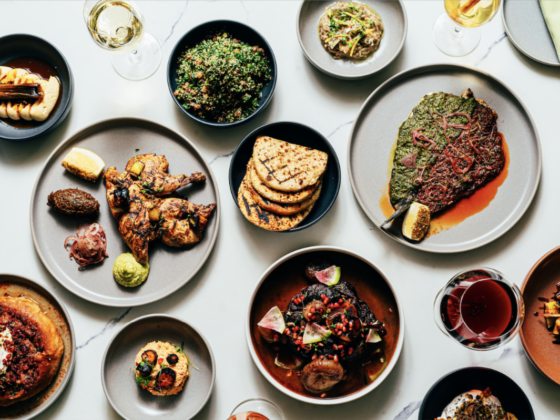In a market saturated with food apps and foodie-friendly online platforms, what makes a restaurant guide successful? Vv Magazine’s Nicki Laborie uses personal experience, industry knowledge, and insider know-how to determine the longevity of the next batch of Canadian food apps…
It’s no secret that you can literally find, buy, and build anything you want online. The internet took over years ago and isn’t slowing down anytime soon. Neither are the online platforms and mobile apps that help you find solutions to almost any question you may have.
Four years ago when I launched View the Vibe, this was my business model. I wanted to be the video solution for people to find a perfect dining destination based on their mood by creating a guide that offered video results and took a potential guest inside a restaurant before actually going. Cool idea but a rather difficult business model because creating videos of our quality is not cheap and competition in this sphere is fierce. Today, we still create videos, but the View the Vibe guide is shut down as I chose to follow our audience’s preference — which was the editorial portion of the site. I am still unsure as to why the guide itself struggled to drive users to actively use it, but it’s interesting to watch others launch and evolve.
ADVERTISEMENT |
“Some food apps and restaurant guides I think are genius, some I don’t see a need for”
From restaurant guides to food delivery to dining experiences, it seems I am pitched a new app/service to use all too often. Some food apps and restaurant guides I think are genius, some I don’t see a need for. Most recently, Toronto has been graced by the addition of a restaurant guide called Zomato. Similar to Dine.to, Yelp, and Urbanspoon, Zomato offers users a worldwide guide that provides information and reviews about all the restaurants, bars, coffee shops – basically any venue that serves any form of food and drink – in their city. After using Zomato a few times, it is obvious that its worldwide success has a lot to do with the fact that it is very user-intuitive and you get results fast. With suggestions for types of foods, moods, occasions, and more, it is an easy app to use, and even offers Facebook-like features such as building friends lists so you can see where your peers are dining and what their favourite spots are. Being in 42 cities across the world, Zomato is certainly giving competing sites a run for their money — especially since they don’t charge restaurants to be on the site. In a city that is inundated with restaurant and city guides that do charge, I suspect these guys will not go unnoticed.
Over-saturated or not, the competition is not stopping start-ups from popping up, all hoping to fill a need in the foodie world that has grown so much in the last decade. Tangoo, a Vancouver-based company, has also developed a food app for users to find a restaurant based on their mood. Sound familiar? It’s easy to use and I definitely see a lot of resemblances to how the View the Vibe guide was built, giving users results based on what their mood is. Clearly, the world doesn’t make dining decisions based only on types of cuisine anymore. Now it is about who your dining date is and what atmosphere you are looking to share. Tangoo certainly has built what seems to be a very smart platform and it will be interesting to watch them evolve outside of Vancouver – especially with Zomato entering the market.
With so many restaurant guides on the market, this may be why we are now seeing an influx of targeted platforms that offer foodies more curated experiences. I recently discovered that one of my former team members is about to launch a mobile food app called Pass the Table, which I would almost refer to as an “underground” dining experience that users have access to – kind of like how some restaurants have dining items not found on the regular menu that only “special” people know about. Pass the Table offerings are hyper-limited, expertly-tailored, and can take place anywhere desired – even a chef’s own home. Experiences range from chef’s menus to nose-to-tail dining, exclusive beverage pairings, private tours, and thoughtful preparations for those with dietary restrictions. Knowing the food app’s creator Jason Finestone for years now, it is no surprise that he came up with this idea and, perhaps because he’s chosen to curate these dining experiences so exclusively, the food app will see great local success.
ADVERTISEMENT |
“In Toronto, we’ve seen the food delivery service grow from the regular Just-Eat platform, to web sites like Hurrier and OrderIt who make it possible for Torontonians to have just about any craving delivered to their door”
Along the same lines as Pass the Table, a Vancouver based foodie-targeted platform recently launched in Toronto with a similar mission in mind: to curate corporate lunches with some of the city’s best offerings without the hassles of spending hours on the phone with catering companies. Food.ee also refers to themselves as a “concierge” service but only works with the best restaurants and chefs in the city to bring office lunches that are more than just pre-made salads and sandwiches. From the city’s best tacos to P&L’s gourmet burgers to freshly baked macarons, Food.ee makes the ordering process easy so that companies can focus on their business instead of worrying about feeding the team good food. In Vancouver already for a couple of years, the service has been very well received but, that said, YVR is a much smaller city. In Toronto, we’ve seen the food delivery service grow from the regular Just-Eat platform, to web sites like Hurrier and OrderIt who make it possible for Torontonians to have just about any craving delivered to their door. Will they take a hit now that Food.ee is on the market? Likely not, because the site seems to be built more as a virtual catering company (they require 24-hr notice for all orders); however, it will be interesting to watch this company enter the corporate world of Toronto. So far, the owners are quite pleased with the response.
Food apps are obviously on the rise, with a lot more interesting ones coming to market, but will they survive? Are they all looking to eventually be bought out? Living in a world where the new generation wants to work less and make more money, it would seem logical that this is what most of these innovators’ end goal is. Realistically, this happens to so few companies that it might be best to plan a strong business model that has longevity.
“Food apps are obviously on the rise, with a lot more interesting ones coming to market, but will they survive?”
I can certainly say that my former business model was smart, but not strong enough, which is why the guide is no longer active. Strum, another fantastically smart mobile app connecting guests with restaurant owners, came into the market in 2013 fast and furiously and vanished just as quickly. The team behind it was incredibly strong and seemed to put all the pieces in the right place. But, alas, one year later, they seem to have shut down – or as their site says “they have their heads down inventing the future of feedback”.
So is the success of these food apps about how smart the apps themselves are, or about the business model behind them? Food.ee is truly filling a hole in the market and they likely have great margins to profit from. Tangoo, on the other hand, may feel pressure to stand out from other guides like Zomato and Yelp that offer similar resources without charging the restaurants an advertising fee. Pass the Table is about curating special dining experiences and, while it may not go worldwide as a business model, it certainly is appealing to the smaller markets and foodies who want to enjoy something special. At the end of the day, my little experience tells me that to make a mobile food app a multi-million dollar success, it needs to hit mass markets with a massive marketing budget. That said, I am still learning and look forward to watching these new platforms evolve and succeed.
ADVERTISEMENT |
What are some of the food apps that you use? Let Vv Magazine know your favourites in the comments below, as well as your thoughts on Nicki Laborie’s “New Foodie Mobile Apps: Survival of the Fittest or Smartest?”, or tweet us @ViewTheVibe.








